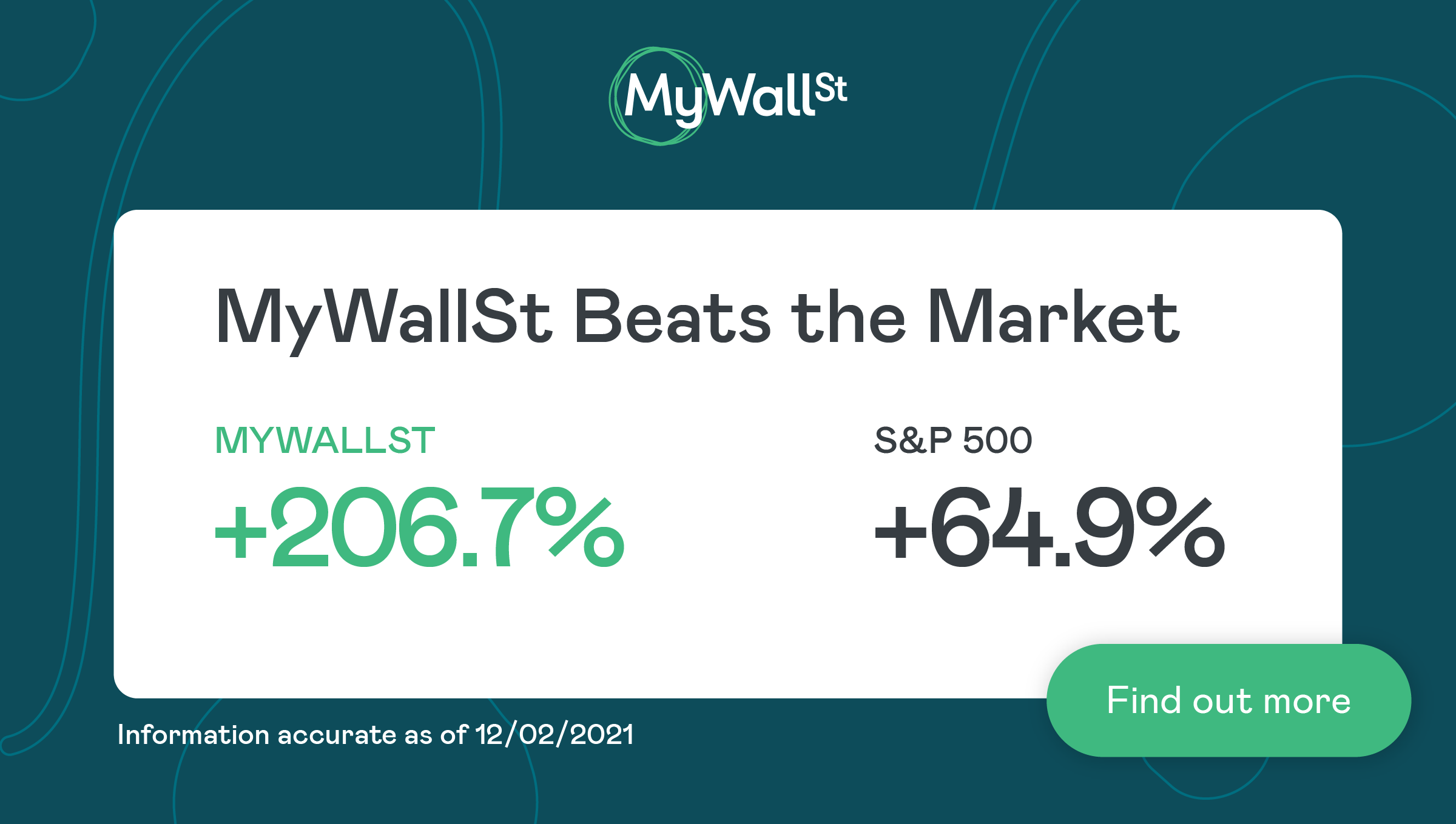Teladoc (NYSE: TDOC) is undoubtedly the leader and largest company in the telemedicine space, expanding its reach with the acquisition of Livongo in 2020. Teladoc forecasts revenue growth of over $1 billion for fiscal 2020 with total visits expected to be between 10.4 and 10.6 million. COVID-19 has acted as a catalyst for growth, and the market is set to grow at a compound annual growth rate of 40% to reach $194.05 billion by 2023. In an industry with exciting prospects, we take a look at Teladoc’s competitors.
This article was originally written by MyWallSt. Read more market-beating insights from the MyWallSt team here.
Amwell
Amwell (NYSE: AMWL) formerly known as American Well, is a telemedicine company founded in 2006 and went public in 2020. It is currently the biggest competitor to Teladoc in the telehealth space and has experienced significant growth in recent times.
Amwell entered into a strategic partnership with Google Cloud to collaborate on technology and innovation, and Alphabet invested $100 million. It also has a partnership with Apple, and this segment accounts for less than 10% of revenue. These partnerships validate the business and are a positive sign for investors.
Amwell reported strong Q3 2020 results with $62.6 million in revenue, an increase of 80% year-over-year (YoY). Roughly 90% of revenue is recurring, which provides a consistent revenue stream. However, its gross margin decreased to 32.7% due to a greater revenue mix and is a significantly smaller gross margin than Teladoc. Its net loss more than doubled to $64.6 million, but on an adjusted basis net loss (excluding stock-based compensation) was $26.2 million.
Total visits increased by a staggering 450% YoY to 1.4 million in Q3. Amwell provides over 2,000 hospitals along with health plans whose clients include 36,000 employers. Anthem is its largest customer and makes up a significant portion of revenue which is a risk to the business.
OneMedical
1life Healthcare Inc operating as One Medical (NASDAQ: ONEM) is a membership-based primary care company that provides both in-person and virtual care for an annual subscription fee of $199. It went public in 2020 and is not a pure-play due to its 103 medical offices but capitalizes on the telemedicine trend.
In Q3 of 2020 revenue was $101.7 million up 46% YoY with a margin of 42%. Recurring revenue was 60% in Q3, up from 49% a year prior, and this recurring revenue stream is a positive sign for investors. However, it is unprofitable reporting a net loss of $16.4 million in the quarter but has a strong balance sheet with $682 million in cash and short-term marketable securities.
Membership Count increased by 29% YoY to 511,000, excluding any short-term customers. It has previously reported that its net promoter score is an average of 90, which is very impressive along with retention rates of above 85%.
In the last quarter, it has expanded its virtual care offering outside of its physical market and added new features such as prescription requests through its app. It currently operates its virtual care virtual presence across the nation and by the end of 2021, plans to expand this presence by 40%, to 17 markets.
Amazon
Amazon (NASDAQ: AMZN) may seem like an unlikely addition to the list, but it has made forays into both the healthcare space and telehealth space which warrant its addition. Amazon has not always been successful and recently ended its joint venture with Berkshire Hathaway and J.P Morgan Chase & Co. to reduce healthcare costs. However, the knowledge gained through this venture could be beneficial.
In 2018, Amazon acquired PillPack into the online prescription market and rolled out Amazon pharmacy in recent months. This complements its expansion of Amazon Care from Seattle throughout Washington. Amazon Care provides virtual and in-person care with a mobile app that facilitates remote video chat with physicians. Follow-up visits and prescription delivery are also offered through the app. It was also rumored late last year that Amazon Care would be offered to other employers such as Zillow, but this has not been confirmed.
Perhaps Amazon’s most significant advantage is the large cash pile it can put into the business as it continues to enter the space. In fiscal Q4 2020, it has $36 billion in cash on its balance sheet. This leaves ample funds for future expansion.
MyWallSt gives you access to over 100 market-beating stock picks and the research to back them up. Our analyst team posts daily insights, subscriber-only podcasts, and the headlines that move the market. Start your free trial now!
Disclaimer Past performance is not a reliable indicator of future results.
CMC Markets is an execution-only service provider. The material (whether or not it states any opinions) is for general information purposes only, and does not take into account your personal circumstances or objectives. Nothing in this material is (or should be considered to be) financial, investment or other advice on which reliance should be placed. No opinion given in the material constitutes a recommendation by CMC Markets or the author that any particular investment, security, transaction or investment strategy is suitable for any specific person.
The material has not been prepared in accordance with legal requirements designed to promote the independence of investment research. Although we are not specifically prevented from dealing before providing this material, we do not seek to take advantage of the material prior to its dissemination.
CMC Markets does not endorse or offer opinion on the trading strategies used by the author. Their trading strategies do not guarantee any return and CMC Markets shall not be held responsible for any loss that you may incur, either directly or indirectly, arising from any investment based on any information contained herein.
*Tax treatment depends on individual circumstances and can change or may differ in a jurisdiction other than the UK.
Continue reading for FREE
- Includes free newsletter updates, unsubscribe anytime. Privacy policy






